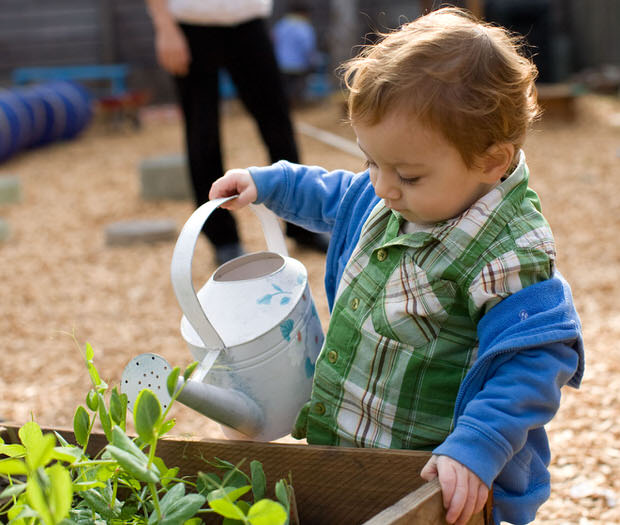






When your garden contains toxic plants, it is imperative that you make yourself familiar with the possibilities of what can happen. While not all children will be so inclined as to want to taste those pretty red plants growing in a home garden, any potential for such an occurrence is a risky one. If you have kids, then your garden needs to have nontoxic plants and vegetables.
Many avid gardeners simply give up their favorite hobby once their children are old enough to wander out into the garden; however, with a bit of care, as well as carefully chosen plants, this is not necessary.
Depending on where you live and what the climate happens to be, there are many wonderful, nontoxic choices for your garden. Nontoxic plants are far from boring and dull; they come in many varieties such as vines, cactus, flowering plants, shrubs, fruit bearing plants as well as being available in numerous sizes, shapes and colors.
Some of the nontoxic plants that you may want to try in your garden include roses, bamboo, begonias, daisies, honeysuckle, lilacs, magnolias, marigolds, petunias, violets, wild onions and zebra plants. When choosing plants for your garden make sure to stay away from the following toxic varieties; buttercups, azaleas, caladium, English ivy, foxglove, iris, oleander, primrose, tulip and wisteria.
The best way to teach your kids about safety in the garden is to simply include them in gardening related activities.
Gardening can make for a wonderful family project or hobby, and kids are to be less inclined to investigate the garden on their own if you make it a familiar place for them. Kids can help pick out the plants to be grown in the garden, and this affords you a prime opportunity to explain the hazards of toxic plants.
They will also love getting dirty as they help to plant the seeds, and will take great pride in themselves once the plants begin to grow and thrive.
If you have very young children in the house, toxic plants should not be your only concern when it comes to the garden. Seed packets and bulbs can also present a risk; even if they are not toxic, they do have the potential to be a choking hazard. Plant food, fertilizers and pesticides can also be dangerous. Be sure to keep all of these types of gardening supplies in a high cabinet, out of the reach of children.
Once you have filled your garden with a variety of nontoxic plants and things have begun to bloom, you may realize that a few pests may have moved in and made your new garden their home. When using a pesticide, there is nothing worse than covering your nontoxic plants with a toxic chemical to get rid of the pests! Not only does this put your children at risk, but it is also bad for the environment. There are many pesticides on the market today that are completely safe and nontoxic to children as well as any pets that may be a part of your family.
With just a bit of research, you can create a nontoxic garden that will be safe for your children, a beautiful addition to your yard, and fun for the whole family!
Article By Claire Quaty.
Copyright © www.100flowers.win Botanic Garden All Rights Reserved